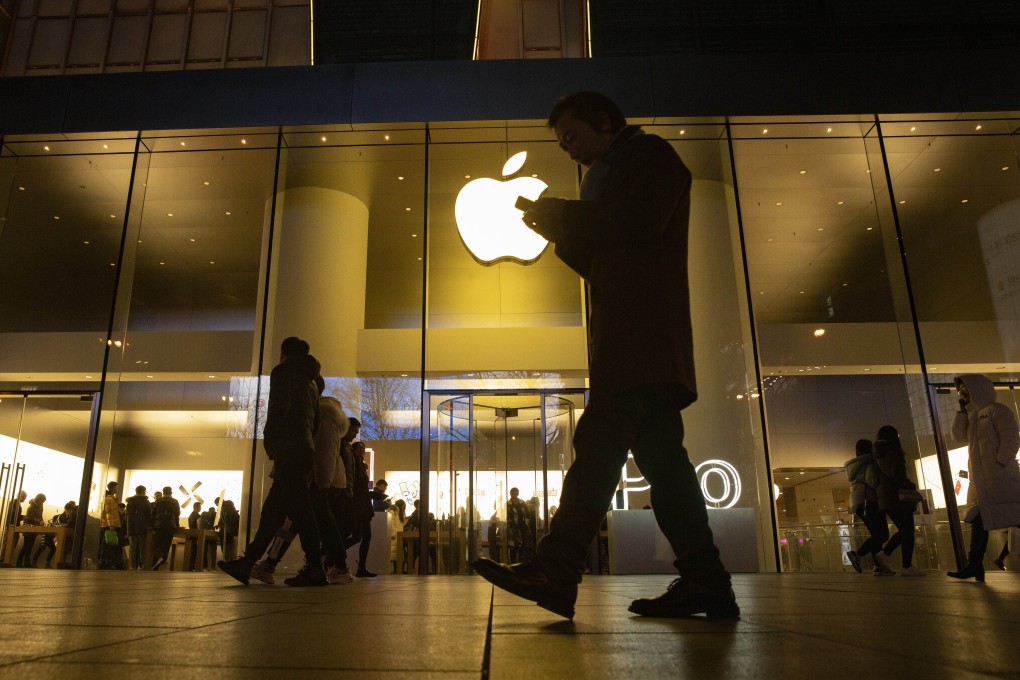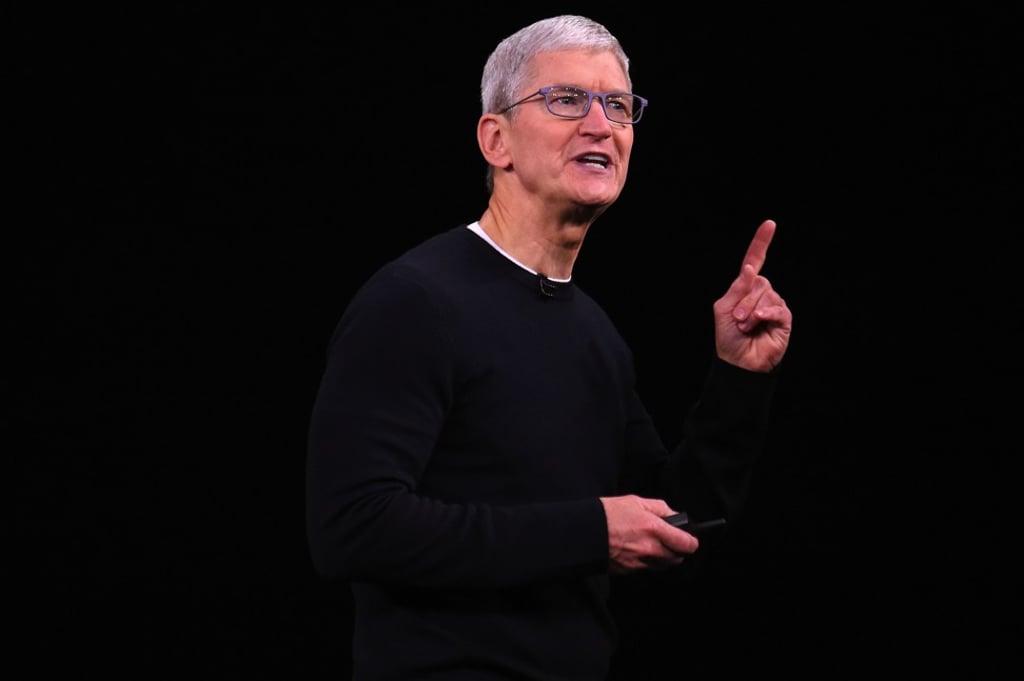CEO Tim Cook says Apple working to mitigate impact of China coronavirus
- Cupertino, California-based Apple reported US$91.8 billion in revenue for the quarter ended December 28
- The company is taking steps to make up for production shortages, particularly in Wuhan, where some of its suppliers are located

Apple issued a wider-than-usual sales forecast to reflect what chief executive Tim Cook called “uncertainty” caused by a virus that is cutting retail traffic, shutting stores and prompting the company to limit employee travel in China, one of its most important markets.
The company is also taking steps to make up for production shortages, particularly in Wuhan, the central Chinese city where the coronavirus originated and home to some of the company’s suppliers, Cook said on a conference call discussing recent results.
Sales in the current period will be US$63 billion to US$67 billion. While that is higher than analysts predicted, it is also a wider range than the company tends to forecast.

Cook has led Apple to a remarkable comeback in the past year, reviving iPhone sales, dodging the worst of a US-China trade war and creating a new gadget hit with AirPods. The company’s holiday-quarter revenue crushed Wall Street expectations, with double-digit sales growth from iPhones, wearables and services in mainland China.
However, the deadly, spreading coronavirus is a new challenge for Apple, which has most of its hardware made in China. Discussion of the virus was one of the few dour notes during an otherwise upbeat earnings call with analysts on Tuesday in the US.